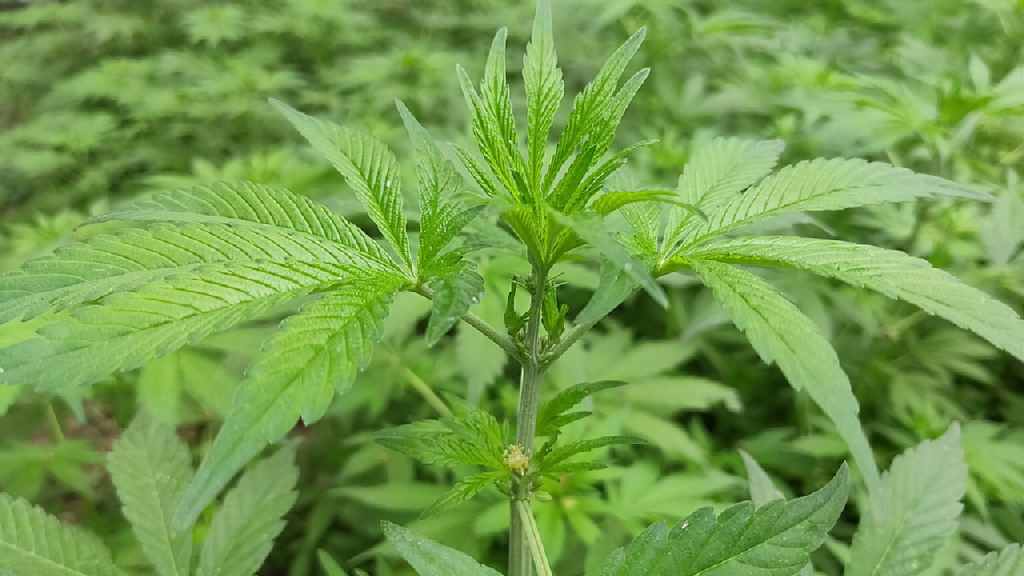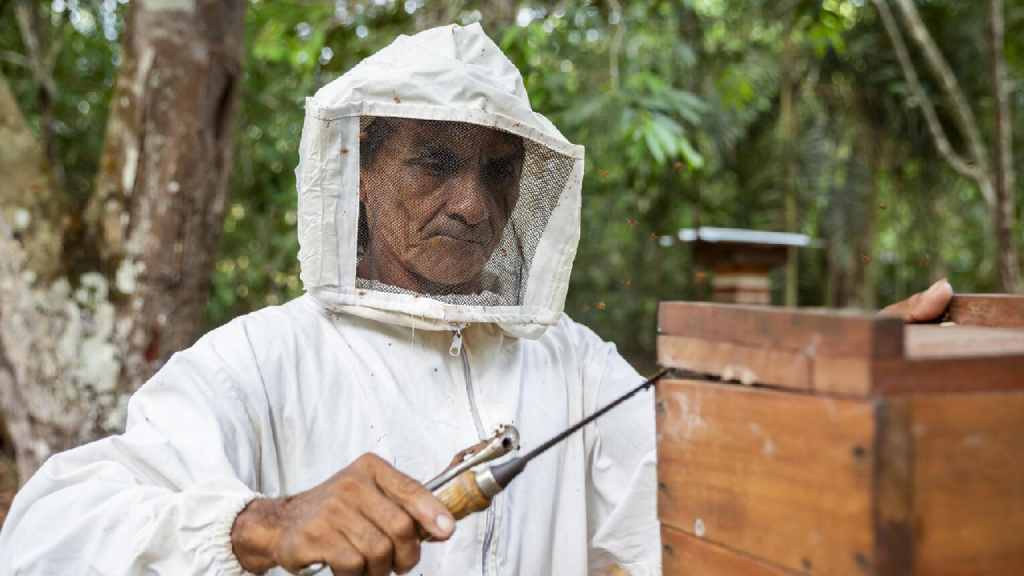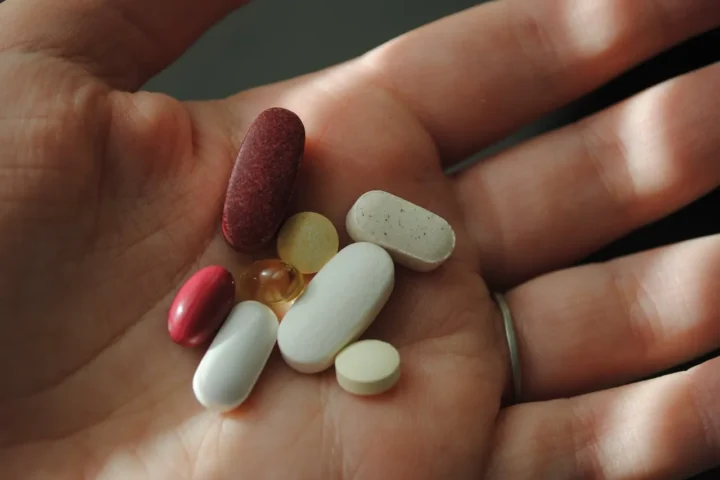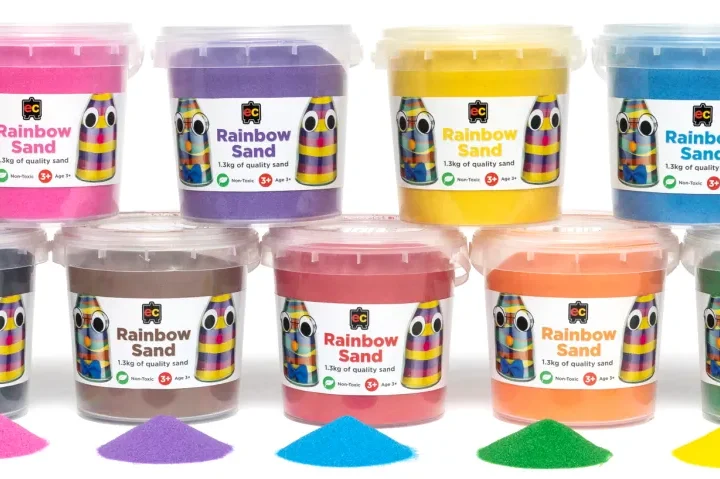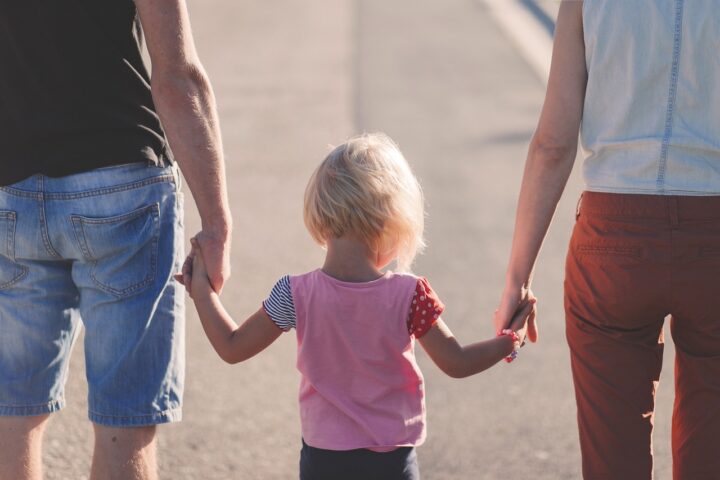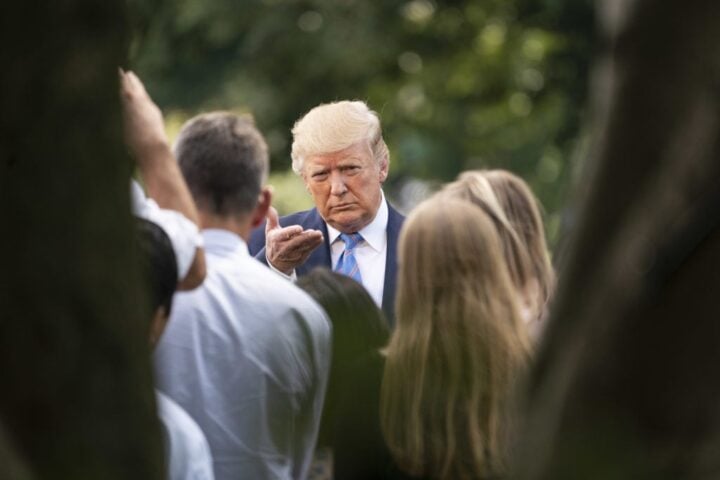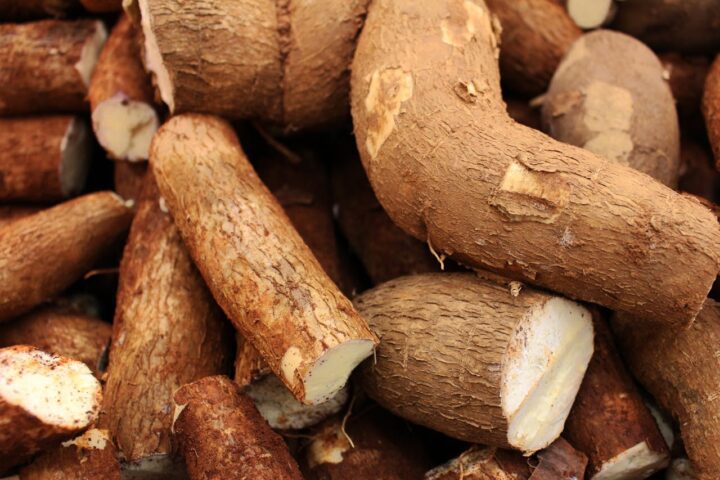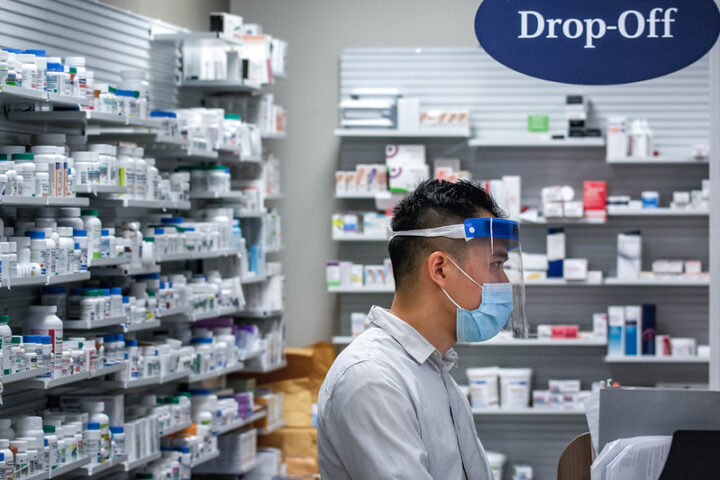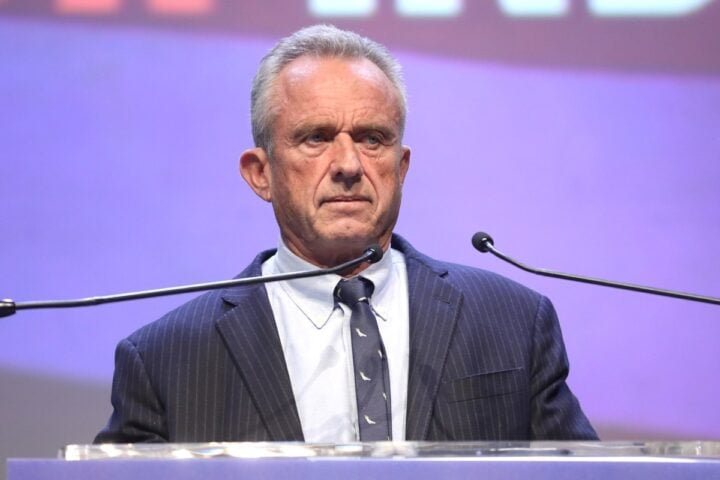Cannabis use among Americans 65 and older has surged 46% in just two years, reaching 7% in 2023, up from 4.8% in 2021. This demographic shift has caught the attention of medical experts who warn that today’s cannabis is dramatically stronger than what many seniors might remember from decades past.
“Today’s cannabis contains about 20% THC compared to just 1-4% in the 1970s,” explains Dr. Joseph Wu, director of the Stanford Cardiovascular Institute. Some concentrates now reach up to 90% THC, significantly increasing risks of overconsumption.
The profile of older cannabis users has shifted dramatically. Research from NYU shows increases were sharpest among married, college-educated individuals with annual incomes above $75,000. Women showed particularly steep increases, though men still use at higher rates overall.
Many seniors turn to cannabis for chronic pain, insomnia, or cancer-related symptoms. However, medical experts are raising concerns about several health risks that disproportionately affect older adults.
Similar Posts
“There is no safe amount of cannabis. Low doses and occasional use are still associated with vascular inflammation,” says Dr. Wu. “Abstinence is the safest option for heart health.”
Beyond cardiovascular concerns, seniors face other age-specific risks. Older adults have slower metabolisms, meaning cannabis compounds remain in their bodies longer. This can lead to extended impairment and potentially dangerous drug interactions.
“Cannabis can interfere with enzymes that break down other medications like blood thinners,” explains Eloise Theisen, a geriatric nurse practitioner specializing in cannabis therapy at Stanford Medicine. “This can raise blood thinner levels in the body, which is potentially dangerous if someone has a fall.”
Falls represent another significant concern, as cannabis can cause confusion or dizziness. Effects on cognition may also worsen age-related cognitive declines like dementia.
Perhaps most surprisingly, addiction is a genuine risk. “Around 30% of regular cannabis users have what is known as cannabis use disorder,” says Dr. Smita Das, who specializes in addiction psychiatry. The disorder is diagnosed based on withdrawal symptoms, tolerance development, and interference with daily life.
Despite these concerns, cannabis does show promise for certain medical conditions. The Food and Drug Administration has approved CBD for some forms of childhood epilepsy and dronabinol for nausea and appetite loss in cancer or HIV/AIDS patients.
For seniors in palliative care, cannabis may help reduce dependence on opioids for pain management. “In our patients who may have months to a few years to live, still being able to experience joy is really important,” notes Theisen.
Medical experts universally recommend one approach: talk openly with healthcare providers about cannabis use. Primary care physicians can assess potential interactions with existing medications and help monitor for adverse effects.
“Talking to your doctor and letting them know not only what you’re prescribed, but what you’re using recreationally, will help formulate a way to do it in as safe a manner as possible,” advises Dr. Claudia Padula of Stanford Medicine.
As cannabis use continues to rise among seniors, this conversation between patients and providers becomes increasingly critical to navigating the complex landscape of potential benefits and risk.
